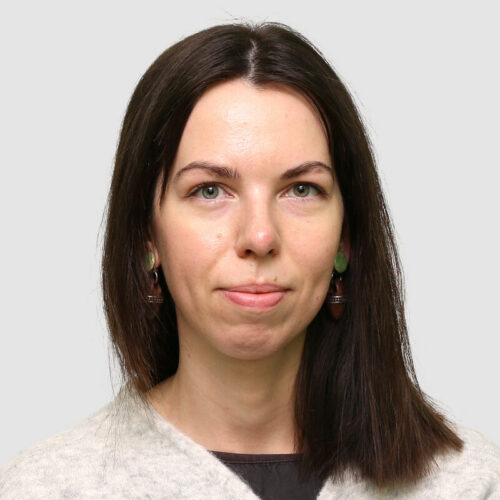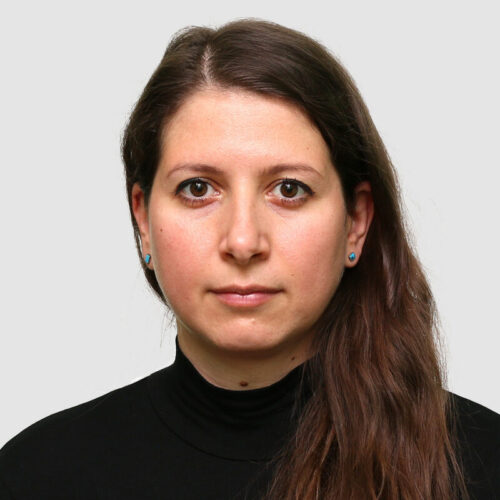The ins and outs of mixed extended projections
Financer institution: Nemzeti Kutatási, Fejlesztési és Innovációs Hivatal
Principal investigator: Éva Dékány
One of the fundamental properties of human language is to make a clear-cut distinction between nouns and verbs. This research investigates Janus-faced linguistic constructions that have been long puzzling linguists, as they exhibit properties of both verbs and nouns: they are modified like verbs but the positions which they occupy in the sentence are typical for nouns. Via theoretical models we will analyze the internal structure and the meaning of such constructions: we would like to understand how speakers linguistically compose and mentally represent them. This will lead to a better understanding of the human linguistic ability. Our empirical focus is on the understudied Uralic languages Udmurt and (Meadow) Mari. To understand how these constructions vary across languages, we will also consider other Uralic languages (Hungarian, Mordvin) and compare Uralic with other language families that make widespread use of the constructions at hand: the typologically similar Turkic languages (esp. Turkish) and the typologically dissimilar Mayan languages (esp. Kaqchikel; also understudied). Examining these languages together gives us a unique vantage point from which the potential for language variation can be assessed. The project integrates descriptive tasks with qualitative data analysis and theoretical discussion. First, we aim to fill in the gaps in the existing empirical knowledge on the selected Uralic, Turkic and Mayan languages. Second, we will provide a novel unified formal model of the investigated structures. The project’s outcomes will have significance for Uralic, Mayan, Turkic and comparative linguistics, as well as the general theory of language.
Participating researchers



